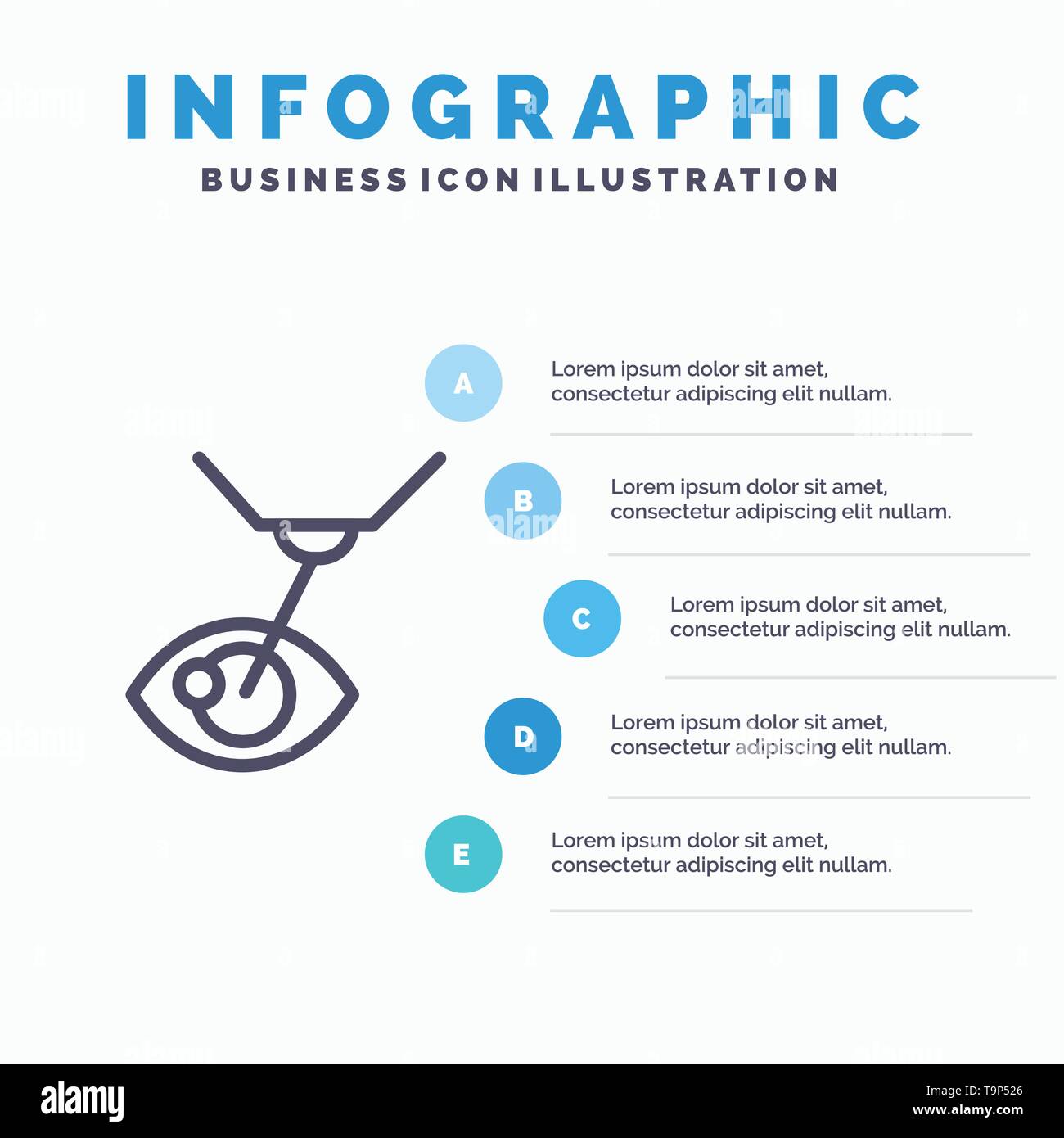Writer-Mendoza Krogh
As a parent, you could question when your youngster must see a pediatric ophthalmologist. It is essential to acknowledge the indications of potential vision troubles, like squinting or frequent frustrations. You'll wish to make sure your youngster gets the ideal assessments at key ages. Understanding these guidelines can help you take aggressive steps for their visual health and wellness. But what particular indications should you seek, and what solutions are offered?
Common Indications of Vision Issues in Kid
When you see your child squinting, scrubing their eyes, or having a hard time to concentrate on distant objects, it may be time to consider their vision wellness. These signs can indicate underlying concerns that require focus.
You could likewise see them preventing analysis or close-up jobs, often turning their head, or complaining of frustrations after school. If your child appears quickly distracted or has problem complying with relocating items, it can indicate a vision problem as well.
Additionally, if they commonly cover one eye or experience trouble with depth perception, it's essential to act. Being aggressive about these signs and symptoms can bring about timely interventions, ensuring your kid's vision develops effectively and supporting their knowing and daily activities.
Do not hesitate to speak with a pediatric optometrist if you're worried.
Age-Specific Standards for Eye Tests
Eye tests are crucial at different stages of your child's advancement, and knowing when to arrange them can make a huge distinction.
For babies, it's advised to have their very first eye exam at 6 months. This helps catch any kind of prospective concerns early on.
As your youngster comes close to age three, a thorough examination is crucial to analyze their vision and eye placement.
Once Preterm Birth start institution, around age 5 or six, guarantee they've another examination to check for vision modifications that can affect understanding.
After that, regular eye tests each to 2 years are normally enough, unless your child has particular concerns or danger factors.
Remaining proactive with these guidelines aids keep your kid's aesthetic wellness for a lifetime.
Solutions for Typical Pediatric Vision Issues
Attending to common pediatric vision concerns early can dramatically boost your child's lifestyle and learning experience.
If your child battles with nearsightedness or farsightedness, corrective glasses or call lenses can help them see plainly.
For problems like amblyopia (careless eye), therapies like covering the stronger eye can boost vision in the weak one.
If additional reading has strabismus (gone across eyes), choices like vision treatment or surgical treatment may be needed to straighten the eyes.
Regular eye examinations are important for keeping track of these conditions and readjusting therapies as needed.
Motivate healthy eye routines, like restricting screen time and guaranteeing correct illumination while analysis.
Verdict
To conclude, keeping an eye on your kid's vision is important. Keep in mind to arrange their very first eye test by six months, and follow up at age three and around five or 6. If you discover signs like scrunching up your eyes or grievances of migraines, do not wait-- seek advice from a pediatric optometrist. Early detection and customized remedies can make a huge difference in your kid's aesthetic wellness and total well-being. Act currently to ensure they see the world plainly!

